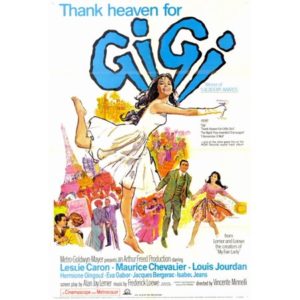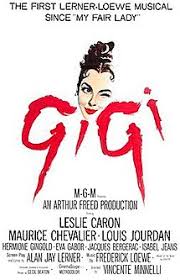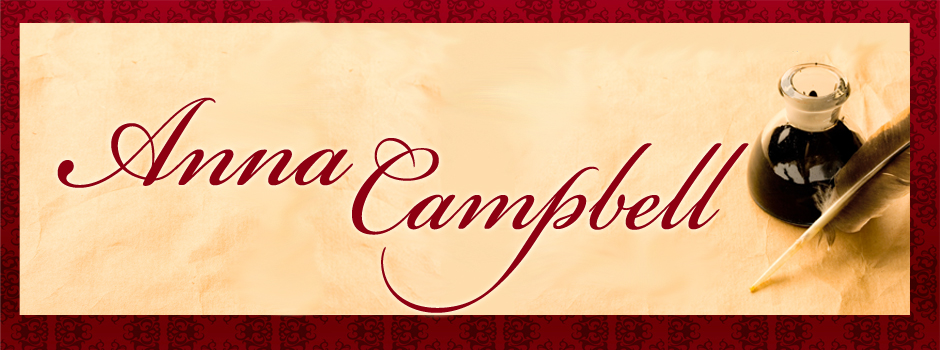Gigi!

I’m rather sad to be at the end of this series of posts about favorite Hollywood musicals. I’m so glad that so many of you have really enjoyed my take on these classic films.
If you read my post last month about An American in Paris, you’ll know that not all the films lived up to my original starry-eyed view of them. Today’s film, Gigi, definitely did, although it’s got its politically incorrect moments.
One of the things I love about these old movies is the way they often manage to talk about sex without actually talking about sex. It makes for some very elegant and subtle conversations!

This is basically the story of a young girl at the turn of the 20th century, being groomed to become a courtesan (gee, I wonder why I enjoyed it!), so it runs the risk of becoming quite sordid. But it’s all done with such French dash and sophistication, that it comes out as a perfect souffle. Light as air, funny, charming, romantic, heart-warming.
This 1958 film has a lot in common with An American in Paris. For a start, it endlessly extols the beauties and charm of the French capital. Paris is almost an extra character as we visit so many beautiful locations like the Art Nouveau Palais de Glace, and Maxims, and the Bois de Boulogne.
There are a lot of familiar names in the production team too. It’s directed by Vincente Minnelli, like The Band Wagon (featured here as one of my all-time favorites) and like An American in Paris. It’s written by Allan Jay Lerner, responsible for the rather problematic script of AIIP. And produced by the Arthur Freed Unit at MGM. It was also a major Oscar winner, collecting a record 9 Academy awards at the 1959 ceremony.

But there are differences as well. For a start, we don’t have a ballet! It also has a score written specifically for the movie by Allan Jay Lerner and Frederick Loewe, who were still basking in the triumph of My Fair Lady from 1954. The score is one of the true delights of the film – think of classics like “The Night They Invented Champagne” or “I Remember It Well” or the Oscar-winning and very beautiful “Gigi”, even if that last one bears a very strong resemblance to “I’ve Grown Accustomed to her Face” from My Fair Lady.
The costumes are gorgeous – an Oscar win for Cecil Beaton, the famous photographer and the man responsible for My Fair Lady’s beautiful art direction. The script is sly and witty and as I said, allows our imaginations to fill in a lot of what’s left out from the dialogue. And while the set-up might be worldly in the extreme, the ending is breathtakingly romantic and just right.

The cast of this one is just right too, with a lot of the acting honors going to the older stars. Maurice Chevalier makes a wonderfully roguish Honore Lachaille who operates both as narrator and master of ceremonies through the story. Hermione Gingold is glorious as Gigi’s grandmother who discovers she’s not quite as worldly as she imagined she was, when she observes her delightful granddaughter grow up to become a desirable woman. Isabel Jeans is beautiful and brilliant as the ageing courtesan Alicia who is trying to teach harum-scarum Gigi how to become a grande horizontale. These are some of the funniest scenes – watching poor Gigi try to eat ortolans always cracks me up.
The two young lovers in this one are delightful too. When I was a teen, I thought Louis Jourdan had to be the handsomest man in the world. I’m still not sure he isn’t. Definitely romance novel cover material. Leslie Caron really sparkles in this – she’s given considerably more to work with than she was in An American in Paris and she runs with it.
So all round, this is a genuine classic and a film I’ve watched many times and never failed to enjoy. If you haven’t seen it, give it a go. You’ll feel like you’re drinking champagne, and I swear you’ll be humming the tunes all week!

